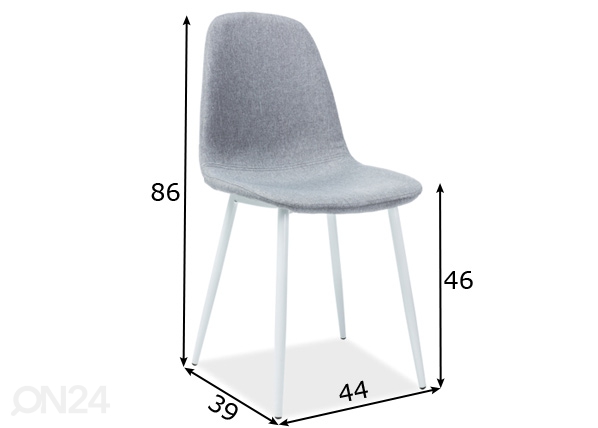

To see some examples of MacFUSE at work, see the videos linked on the right. If you prefer another language (say, Python or Java), you should be able to create file systems in those languages after you install the relevant language bindings yourself. It comes with C-based and Objective-C based SDKs. The MacFUSE software consists of a kernel extension and various user-space libraries and tools. Therefore, many existing FUSE file systems become readily usable on Mac OS X. It provides multiple APIs, one of which is a superset of the FUSE (File-system in USEr space) API that originated on Linux.

If you’ve ever used any of those, you may have macFUSE installed on your Mac, and you may want to uninstall it. It’s used by virtualization tools and some cloud storage utilities.

#Macfuse tool fox mac os x#
In more technical terms, MacFUSE implements a mechanism that makes it possible to implement a fully functional file system in a user-space program on Mac OS X (10.4 and above). macFUSE is a piece of software that allows macOS to access non-Mac file systems, like NTFS. Since MacFUSE file systems are regular applications (as opposed to kernel extensions), you have just as much flexibility and choice in programming tools, debuggers, and libraries as you have if you were developing standard Mac OS X applications. Writing a file system using MacFUSE is orders of magnitude easier and quicker than the traditional approach of writing in-kernel file systems. The content of these file systems can come from anywhere: from the local disk, from across the network, from memory, or any other combination of sources. It is used as a software building block by dozens of products.Īs a user, installing the MacFUSE software package will let you use any 3rd-party file system written atop MacFUSE.Īs a developer, you can use the MacFUSE SDK to write numerous types of new file systems as regular user-mode programs. MacFUSE allows you to extend Mac OS X's native file handling capabilities via 3rd-party file systems.


 0 kommentar(er)
0 kommentar(er)
